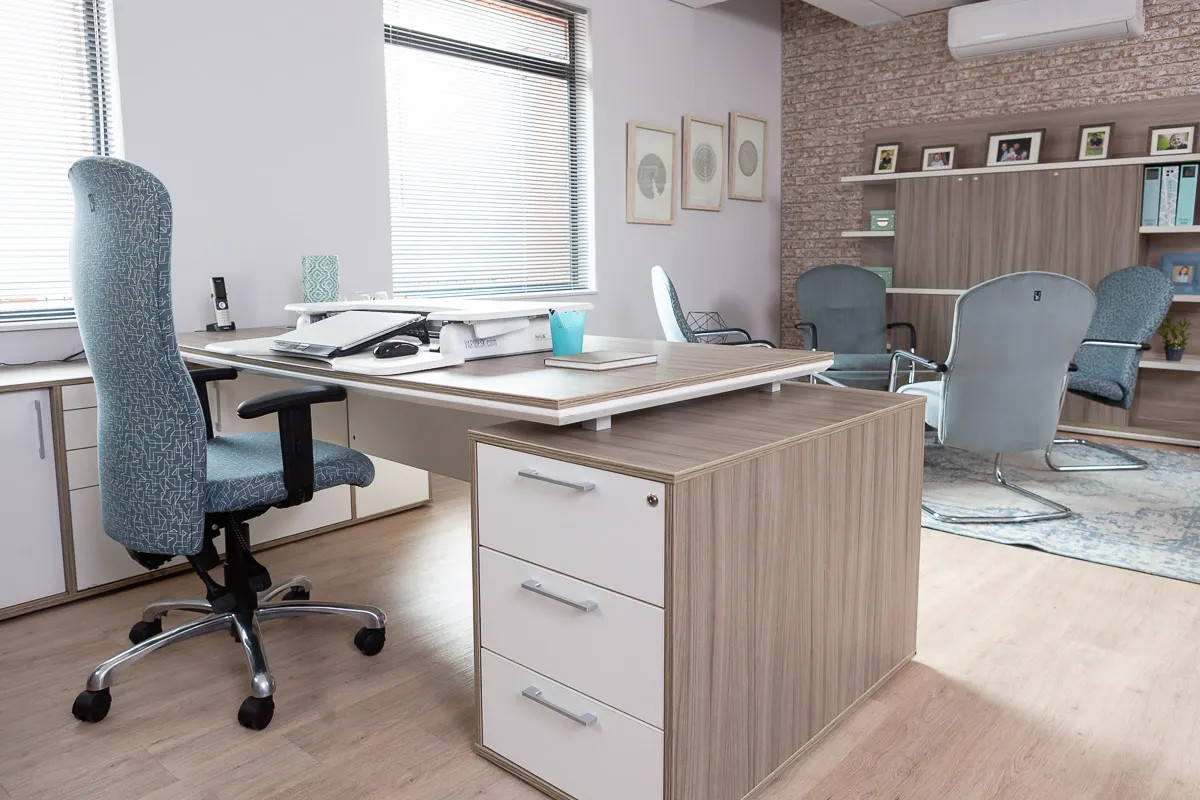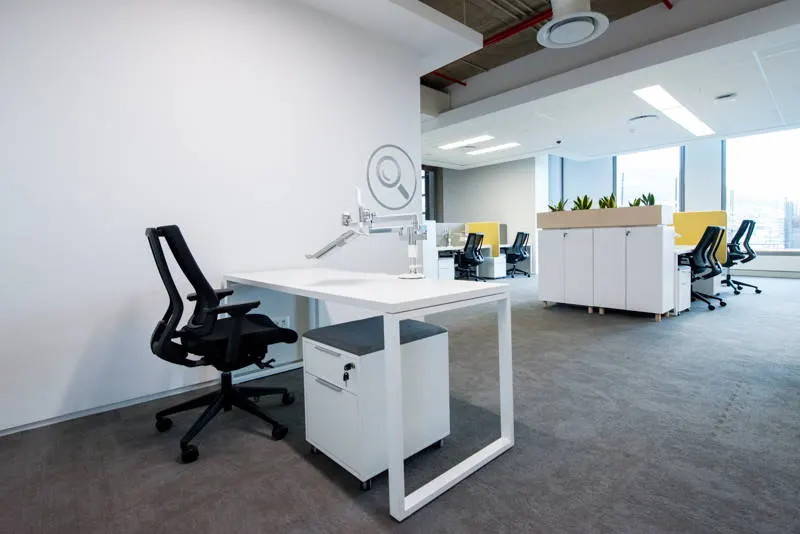Your workspace needs to fit your body. If it doesn’t, your muscles and joints work harder to help you maintain a workable posture. While your body is amazing and can do this, it isn’t designed to do this for an 8-hour (probably longer!) workday – and that’s where the benefits of ergonomics come into play.
Ergonomic office equipment is designed to adjust to the positioning of your body. This means if we change our posture, our chairs and desks can not only fit our bodies, but also fit them when we are doing different tasks like working on a laptop.
On the other hand, if we don’t use ergonomic furniture, the damage this does to our body builds slowly. It starts as discomfort and changes into pain and injury over weeks, months, or years. If your working posture is a contributing factor to this pain and injury, creating the right fit between your workspace and your body is vital to addressing the cause and not just the symptom.





